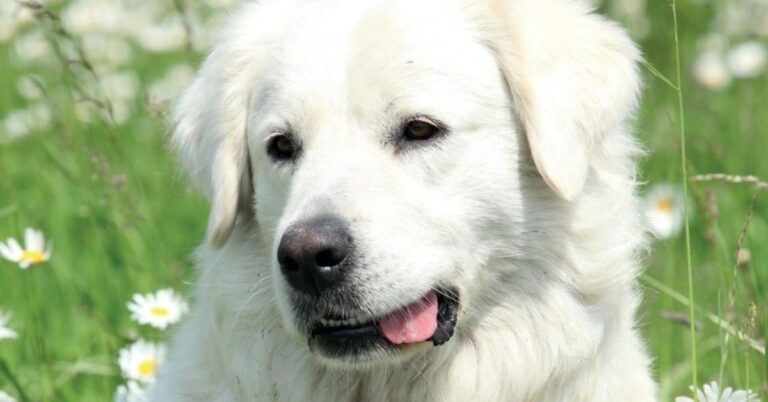20 Dog Breeds More Likely To Inherit Medical Conditions

Choosing a furry companion means more than picking a cute face. Beneath the wagging tails and playful charm, many breeds carry inherited health concerns that can shorten lifespans or rack up vet bills fast. Genetics plays a bigger role than most expect. Before falling for floppy ears or a silky coat, look closely at what’s written in their DNA. Here are 20 breeds that are likely to have genetic health conditions.
Bulldog – Brachycephalic Airway Syndrome
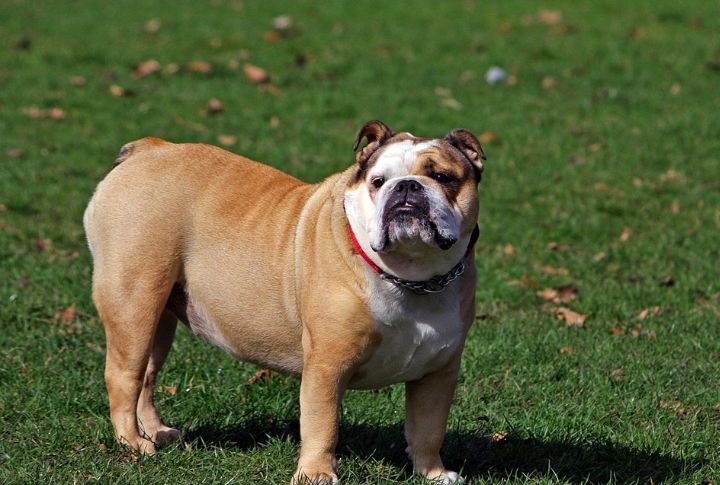
Compact skulls and shortened nasal passages make bulldogs especially vulnerable to brachycephalic airway syndrome. Their narrowed airways can cause loud snoring and overheating, especially during exercise or hot weather. In many cases, surgery becomes necessary to ease airflow and improve quality of life.
German Shepherd – Degenerative Myelopathy
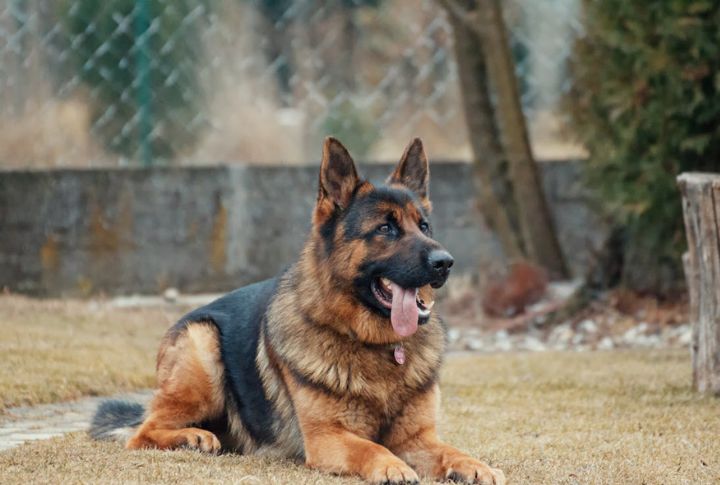
A specific genetic mutation linked to degenerative myelopathy affects the spinal cord of many aging German Shepherds. The condition begins subtly with hind leg weakness but progresses to complete paralysis. Responsible breeding and early genetic screening are key to reducing its occurrence.
Golden Retriever – Hemangiosarcoma

Cancer risk runs high in Golden Retrievers, particularly for hemangiosarcoma, which targets blood vessel linings. This aggressive disease often spreads silently until rupture causes internal bleeding. This genetic vulnerability has been reinforced through decades of lineage-focused breeding in the US.
Labrador Retriever – Cruciate Ligament Rupture

Anatomy and genetic tendency make labradors more likely to suffer cruciate ligament ruptures in their knees. Sudden limping or leg stiffness often signals a tear that needs surgery. Strengthening the rear legs and maintaining a healthy weight can delay or prevent the onset.
Dachshund – Intervertebral Disk Disease (IVDD)

The long torso and short limbs of dachshunds create spinal stress that increases their chances of developing IVDD. Even minor jumps can cause herniated disks that result in severe back pain or paralysis. Owners are advised to use ramps and avoid stairs to protect their dog’s spine.
Poodle – Progressive Retinal Atrophy (PRA)

Inherited PRA causes gradual vision loss in poodles, something that can begin as early as middle age. The condition affects both eyes and leads to complete blindness over time. DNA testing helps identify carriers and proactive breeders have made progress in limiting its spread.
Boxer – Lymphoma

Boxers rank high among dog breeds susceptible to lymphoma, a cancer of the immune system. Visible signs like swollen lymph nodes or rapid fatigue may be the first clue. Early detection and chemotherapy can extend life expectancy significantly in diagnosed cases. Both male and female boxers share this elevated risk.
Doberman Pinscher – Dilated Cardiomyopathy (DCM)

Dilated cardiomyopathy is a heart disease that dobermans inherit at very high rates. It causes the heart chambers to enlarge and the heart muscle to weaken, making it difficult for the heart to pump blood. Many dobermans carry the faulty gene linked to DCM, even if they appear healthy.
Cavalier King Charles Spaniel – Mitral Valve Disease

Heart valve deterioration begins early in many Cavaliers, leading to mitral valve disease. Murmurs often develop before age five and may progress to heart failure. Regular auscultation and early echocardiography help manage this common but serious condition.
Pug – Pug Dog Encephalitis

This breed-specific brain disorder affects young to middle-aged Pugs and progresses fast. Symptoms like disorientation, head tilt, seizures, and behavioral changes usually worsen despite treatment. Though its cause remains unclear, a genetic link makes awareness essential for current and prospective Pug owners.
Rottweiler – Osteosarcoma

Osteosarcoma is a severe bone cancer that shows up more often in Rottweilers than in most breeds. It usually begins in the limbs and causes swelling or lameness. Although osteosarcoma can occur in any bone, it’s most frequently found in the legs, accounting for 75-85% of cases.
Beagle – Epilepsy

Chances are, Beagles will inherit a form of epilepsy known as idiopathic epilepsy, which causes repeated seizures for no clear reason. These seizures often begin between 6 months and 3 years of age. The condition is hereditary, passed down from one generation to the next.
Shih Tzu – Patellar Luxation
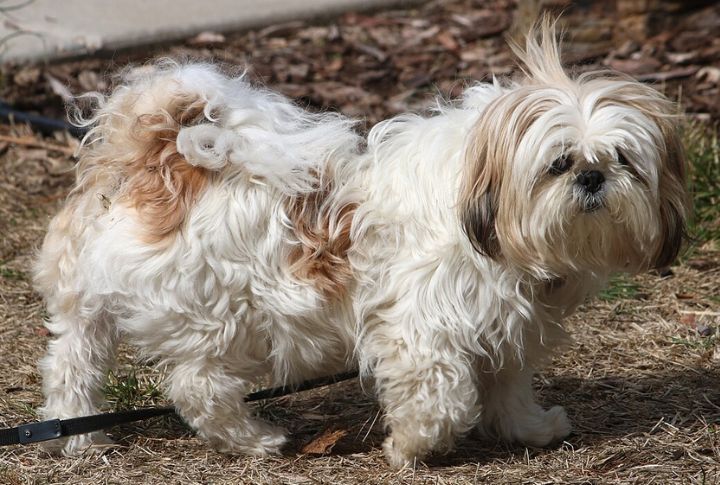
Patellar luxation is a joint disorder in which the kneecap slips out of its normal position; the way their knees develop genetically puts them at risk. While some dogs may not need treatment, others may require medication or even surgery. These dogs may limp or avoid using the leg entirely.
Chihuahua – Collapsing Trachea

Chihuahuas are prone to collapsing trachea, where the windpipe weakens and narrows over time. This condition is often characterized by a distinctive “honking” cough, especially when excited or when pressure is applied to the neck. The problem typically worsens with age and is commonly observed in the breed.
Cocker Spaniel – Glaucoma

Glaucoma is an eye illness caused by fluid pressure building up in the eye. Cocker Spaniels are among the breeds most commonly affected by glaucoma. A study published in the “Veterinary Ophthalmology” Journal suggested that 5% of dogs with glaucoma are Cocker Spaniels.
Great Dane – Gastric Dilatation Volvulus (GDV)
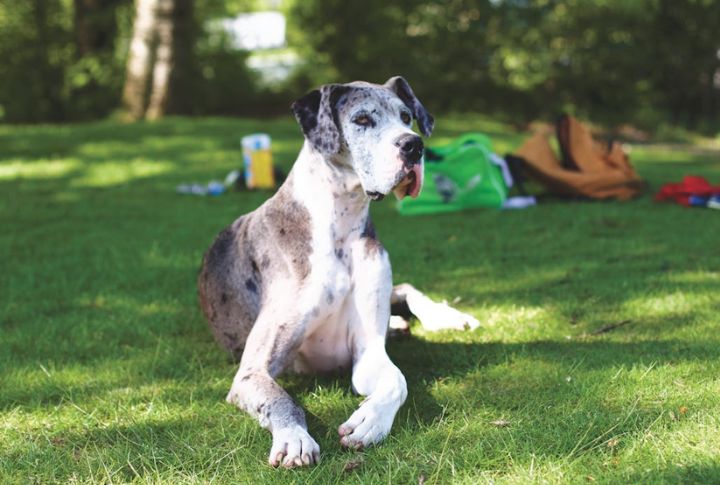
Great Danes have a strong genetic tendency toward GDV, also known as bloat. This life-threatening condition happens when the stomach becomes distended with gas and twists, cutting off blood flow. GDV can progress very quickly, potentially becoming fatal within hours if not treated promptly.
Bernese Mountain Dog – Histiocytic Sarcoma

This breed has one of the highest genetic risks for histiocytic sarcoma, a rare and aggressive cancer. It can affect the skin, lungs, or organs and tends to spread quickly. It’s also a major contributor to the breed’s overall mortality rate. While the exact cause is still being researched, genes are thought to play a significant role.
Siberian Husky – Juvenile Cataracts

Huskies often inherit juvenile cataracts, where the lenses of their eyes become cloudy at a young age. This can blur their vision or cause blindness, sometimes before they turn two. These cataracts can develop early in life, sometimes as young as a few months old, and can progress at varying rates.
Scottish Terrier – Bladder Cancer

Scotties are estimated to be 18 to 20 times more likely to acquire transitional cell carcinoma, a serious type of bladder cancer. Lawn chemicals, particularly herbicides, and exposure to tobacco smoke can further increase the risk for them. This condition affects how their body makes and stores urine.
Basset Hound – Severe Combined Immunodeficiency (SCID)

SCID is a rare but fatal inherited disorder found in some Basset Hounds. Caused by a faulty gene, it severely weakens the immune system and puppies are unable to fight off infections. Dogs born with this condition usually get sick often and don’t survive long. This condition is specific to male Basset Hounds, while female dogs can be carriers of the mutated gene.
